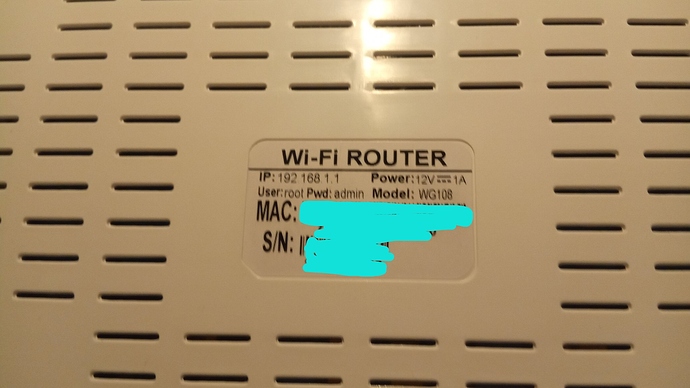
Vulnerability Tsx async abort: Mitigation Clear CPU buffers SMT vulnerableįlags: fpu vme de pse tsc msr pae mce cx8 apic sep mtrr pge mca cmov pat pse36 clflush dts acpi mmx fxsr sse sse2 ss ht tm pbe syscall nx pdpe1gb rdtscp lm constant_tsc art arch_perfmon
#Cat proc cpuinfo virtual address full#
Vulnerability Spectre v2: Mitigation Full generic retpoline, IBPB conditional, IBRS_FW, STIBP conditional, RSB filling Vulnerability Spectre v1: Mitigation usercopy/swapgs barriers and _user pointer sanitization Vulnerability Spec store bypass: Mitigation Speculative Store Bypass disabled via prctl and seccomp Vulnerability Mds: Mitigation Clear CPU buffers SMT vulnerable Vulnerability L1tf: Mitigation PTE Inversion VMX conditional cache flushes, SMT vulnerable Vulnerability Itlb multihit: KVM: Mitigation: Split huge pages Model name: Intel(R) Core(TM) i7-6700HQ CPU 2.60GHz $ lscpuĪddress sizes: 39 bits physical, 48 bits virtual The information includes, number of CPUs, threads, cores, sockets, NUMA nodes, CPU caches, CPU family and model, which print infomration in human readable format. The lscpu command displays information about the CPU architecture, which is collected from the sysfs and the /proc/cpuinfo file.
#Cat proc cpuinfo virtual address how to#
Method-3: How to find the number of CPUs on Linux using the lscpu Command It is part of the GNU Coreutils package, which is installed by default on most Linux systems. It prints the number of processing units available for the current process. Method-2: How to check the number of CPUs on Linux using the nproc Command Model name : Intel(R) Core(TM) i7-6700HQ CPU 2.60GHzįlags : fpu vme de pse tsc msr pae mce cx8 apic sep mtrr pge mca cmov pat pse36 clflush dts acpi mmx fxsr sse sse2 ss ht tm pbe syscall nx pdpe1gb rdtscp lm constant_tsc art arch_perfmon pebs bts rep_good nopl xtopology nonstop_tsc cpuid aperfmperf tsc_known_freq pni pclmulqdq dtes64 monitor ds_cpl vmx est tm2 ssse3 sdbg fma cx16 xtpr pdcm pcid sse4_1 sse4_2 x2apic movbe popcnt tsc_deadline_timer aes xsave avx f16c rdrand lahf_lm abm 3dnowprefetch cpuid_fault epb invpcid_single pti ssbd ibrs ibpb stibp tpr_shadow vnmi flexpriority ept vpid ept_ad fsgsbase tsc_adjust bmi1 hle avx2 smep bmi2 erms invpcid rtm mpx rdseed adx smap clflushopt intel_pt xsaveopt xsavec xgetbv1 xsaves dtherm ida arat pln pts hwp hwp_notify hwp_act_window hwp_epp md_clear flush_l1dīugs : cpu_meltdown spectre_v1 spectre_v2 spec_store_bypass l1tf mds swapgs taa itlb_multihitĪddress sizes : 39 bits physical, 48 bits virtual CPU(s): 8Ī physical CPU (1), which has 4 CPU cores, and has 2 threads in each core. This is the sample data I took from my system. See the following details for better understanding of this in real-time. This improves processor throughput and improves overall performance in threaded software. Intel’s hyper-threading technology makes it possible to use processor resources more efficiently by running multiple threads in each core (each core has two threads). Similarly, a quad core CPU has four central processing units and an octa core CPU has eight central processing units. Initially, CPUs use to come with single core, but manufacturers added more cores to increase performance, which is why the core came into the picture.įor example, a dual-core CPU has two central processing units, so it appears to be two CPUs per operating system.

This is called a physical CPU (central processing unit). What’s a CPU Socket?Ī CPU socket or CPU slot is a connector on the motherboard that allows a computer processor to connect to the motherboard. Hope this article helps you understand exactly what it is.

All Linux systems run on multi-core CPU processors, but many of us are confused to find or understand CPU, cores, and Threads information.


 0 kommentar(er)
0 kommentar(er)
